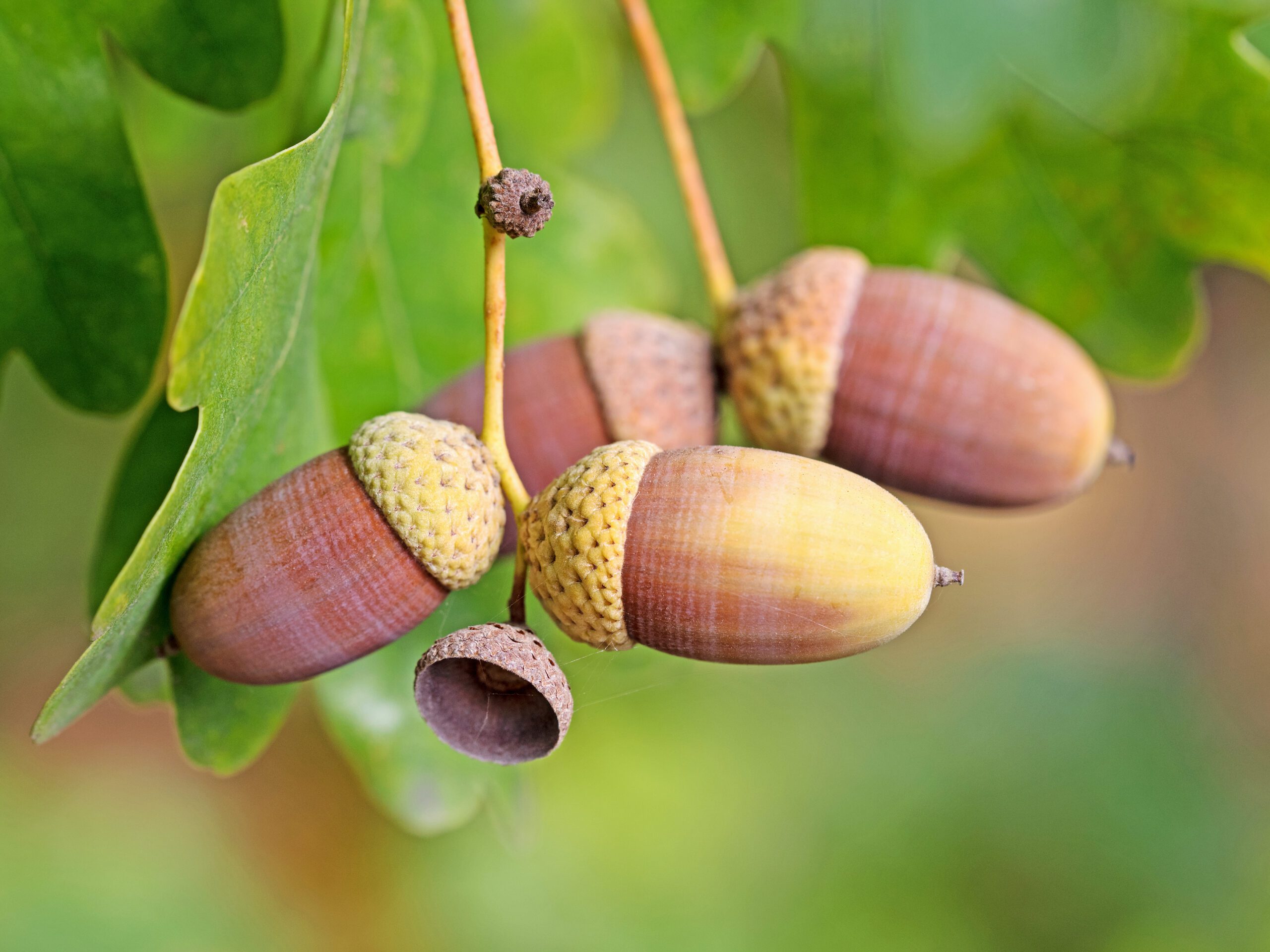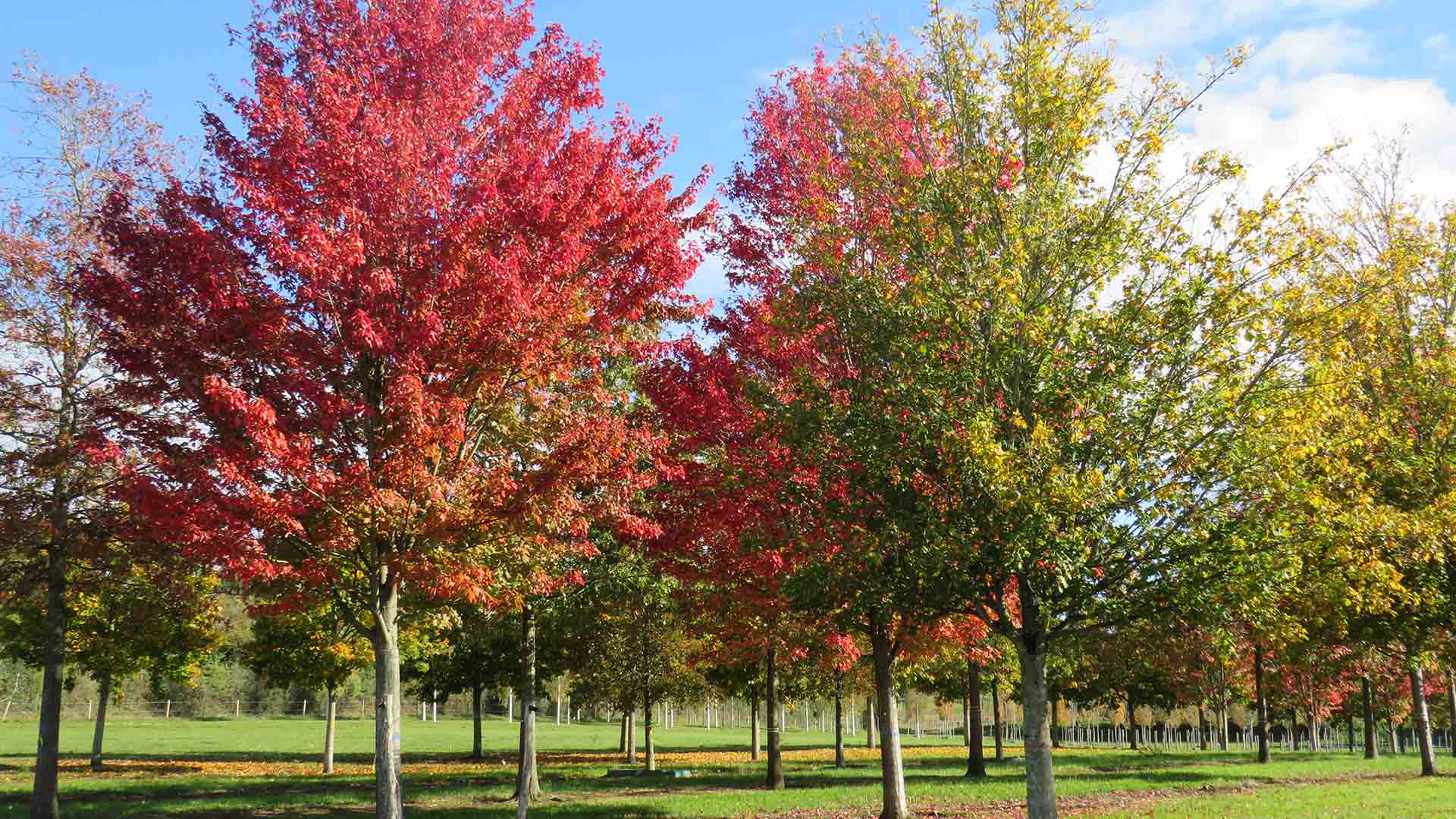Ash dieback, scientifically known as Hymenoscyphys Fraxinus, originates from Asia and poses a severe threat to ash trees. While it doesn’t cause significant damage on its native hosts, it has had devastating effects on European ash trees. This destructive disease, also known as Chalara, has rapidly spread across Europe and various parts of the world.
Infected ash trees exhibit distinct symptoms during the summer months. Dark patches appear on the leaves, which eventually wilt and turn black. Premature leaf shedding often starts at the crown of the tree and gradually progresses downward, weakening the trees’ ability to store essential water and nutrients. Consequently, branches may die and the overall health of the tree deteriorate.
The spread of ash dieback primarily occurs through the dispersal of fungal spores, which can be transported by wind, rain and human activities. The disease can swiftly impact entire woodlands and landscapes, leading to significant ecological and economic consequences. Ash trees, renowned for their versatility and ecological importance, serve as habitats for numerous wildlife species and contribute to the overall biodiversity of ecosystems.
To mitigate the risk of introducing new pests and diseases, Hillier Trees strictly adheres to a zero-tolerance approach to biodiversity. Importing plants from infected areas that harbour major pests and diseases is strictly prohibited, ensuring the preservation of healthy tree populations.
Regulations
In 2012 DEFRA introduced legislation which prohibited the movement of all Ash trees in the UK and imported into the UK. In 2019 this legislation was reviewed and revised and as of January 2020 the movement ban in the UK has been lifted. In theory Ash trees can now be grown and sold throughout the UK. In practice the supply and demand for Ash is extremely limited and is likely to remain so until a proven resistant Ash is found and is being grown in commercial numbers.
Research
For over a decade Forest Research has taken the lead on research and development of potentially resistant clones, you can read more here: https://www.forestresearch.gov.uk/tools-and-resources/fthr/pest-and-disease-resources/ash-dieback-hymenoscyphus-fraxineus/
Over 155,000 Ash seedlings from various UK provinces have been planted out by Forest Research and monitored for Ash Dieback resistance, some show promise, but it is still too early in the process to know for certain if a completely resistant clone has been found. Hillier will be working with DEFRA / Forest Research on commercial field trials when the programme moves to this phase.
DEFRA are also funding the Nornex consortium https://www.jic.ac.uk/research-impact/nornex-tackling-ash-dieback/ a group of research organisations including Kew Gardens, University of Exeter and the University of York who are working on various projects to help develop resistant Ash.
Recent Articles

Hillier Takes Root in HS2’s Vision for Old Oak Common
11 April 2025

The Best Trees for Car Parks
19 March 2025

Discover the Best Drought-Tolerant Trees for Your Landscape
6 January 2025
